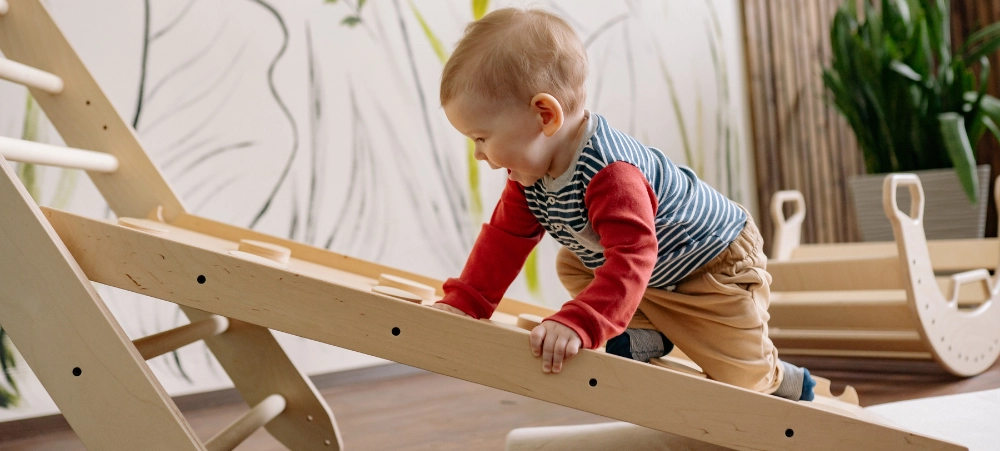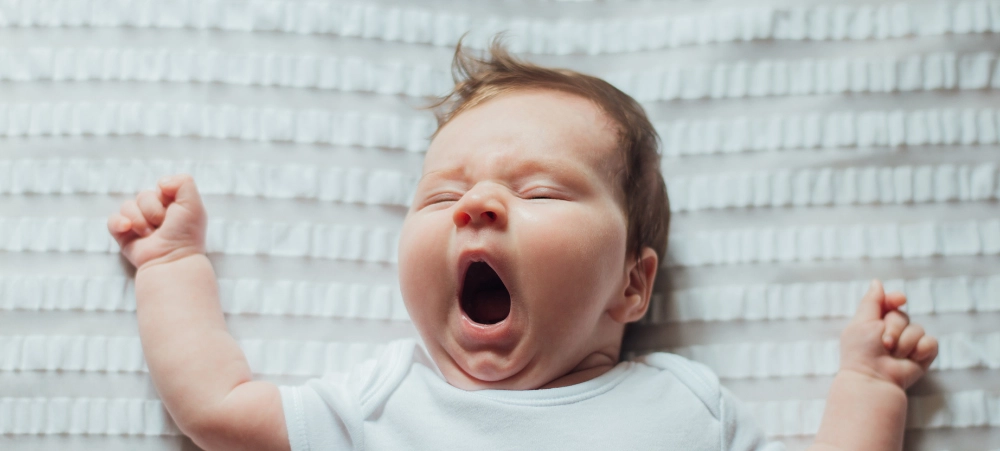
Montessori at Home: Simple Tweaks with Big Benefits
The Montessori approach to education, developed by Dr. Maria Montessori, is all about fostering independence, creativity, and a love for learning in children. While Montessori classrooms are widely known for their hands-on learning environments, you can also create a Montessori-inspired atmosphere in your own home with just a few simple tweaks. Here’s how to embrace Montessori at home and enjoy the many benefits it can offer for your child’s development. What is Montessori? Montessori is an educational philosophy based on the belief that children learn best when they are given the freedom to explore and engage with their environment at their own pace. The Montessori method emphasises self-directed activity, hands-on learning, and collaborative play. Children are encouraged to make choices, explore their interests, and develop a sense of responsibility for themselves and their surroundings. While traditional schooling methods focus on structured lessons and teacher-led activities, Montessori offers a more organic approach that allows children to take the lead in their learning. How to Implement Montessori at Home You don’t need a formal Montessori classroom to bring these principles into your home. With a few simple changes, you can create a nurturing environment that supports your child’s development and independence. Here are some easy tweaks to get started: 1. Create a Child-Friendly Space One of the key elements of Montessori is creating an environment that’s tailored to the child’s size and abilities. Make sure your home is child-friendly by: Benefit: A child-friendly environment fosters independence and allows your child to take ownership of their space. 2. Incorporate Practical Life Activities In the Montessori method, everyday tasks are viewed as learning opportunities. Practical life activities help children develop fine motor skills, independence, and responsibility. Try incorporating these activities at home: Benefit: These activities help children gain a sense of accomplishment and confidence while also promoting essential life skills. 3. Use Natural, Open-Ended Toys Montessori encourages the use of open-ended toys that allow children to use their creativity and imagination. Unlike traditional toys that may be limited to a specific function, open-ended toys can be used in a variety of ways, stimulating problem-solving and creative thinking. Benefit: Open-ended toys help children develop their imagination, creativity, and problem-solving skills. 4. Encourage Independent Decision-Making In Montessori, children are encouraged to make their own choices in a way that respects their autonomy. By giving children the freedom to make decisions, they develop a sense of responsibility and confidence. Here’s how you can support your child’s decision-making skills: Benefit: Encouraging independent decision-making helps children develop confidence and a sense of responsibility for their actions. 5. Foster a Love for Learning In a Montessori home, learning is seen as a lifelong journey, not just something that happens in a classroom. To foster a love for learning, try these strategies: Benefit: Encouraging a love for learning helps children become self-motivated and enthusiastic about discovering new things. 6. Introduce a Routine While Montessori encourages flexibility, children still thrive in a structured environment. Having a consistent routine helps children feel secure and understand what to expect throughout the day. Benefit: A routine gives children a sense of security and helps them develop time-management skills. 7. Encourage Reflection At the end of each day, take a few moments to reflect on your child’s experiences. Montessori emphasises the importance of reflection and self-awareness, so try to make it a part of your child’s daily routine. Benefit: Reflection helps children develop emotional intelligence and an understanding of their own experiences. Final Thoughts Montessori at home doesn’t have to be complicated or expensive. With a few simple changes, you can create an environment that encourages your child’s independence, creativity, and love for learning. By making your home child-friendly, incorporating practical life activities, using open-ended toys, and encouraging independent decision-making, you’ll be supporting your child’s development and helping them thrive. The key is to be patient, flexible, and responsive to your child’s needs, all while creating an environment that allows them to explore and grow at their own pace. Sources:
































